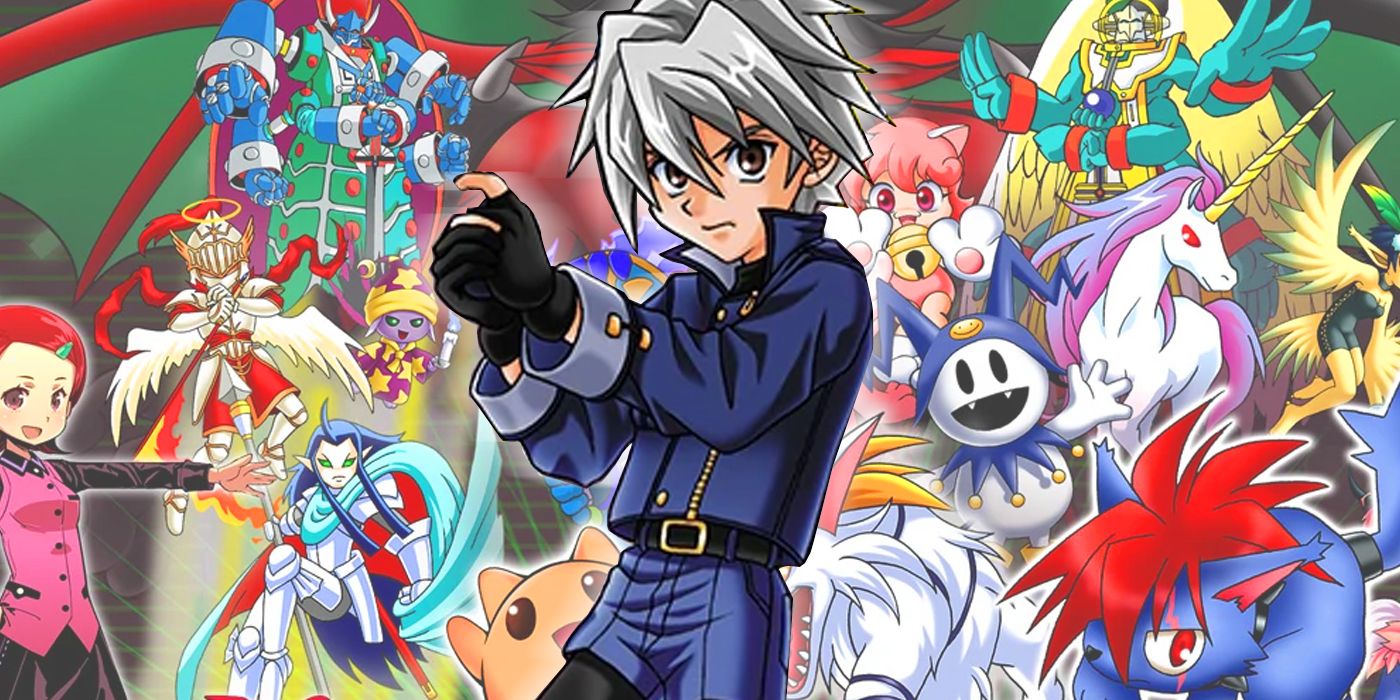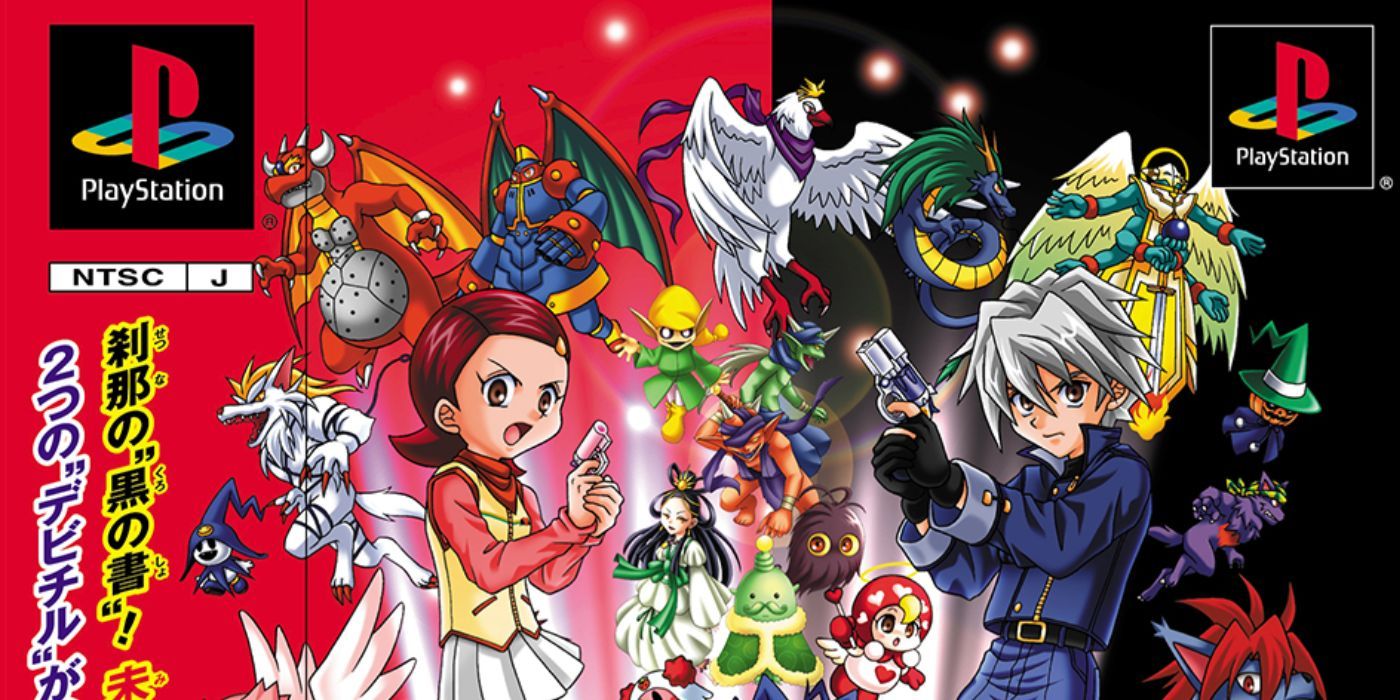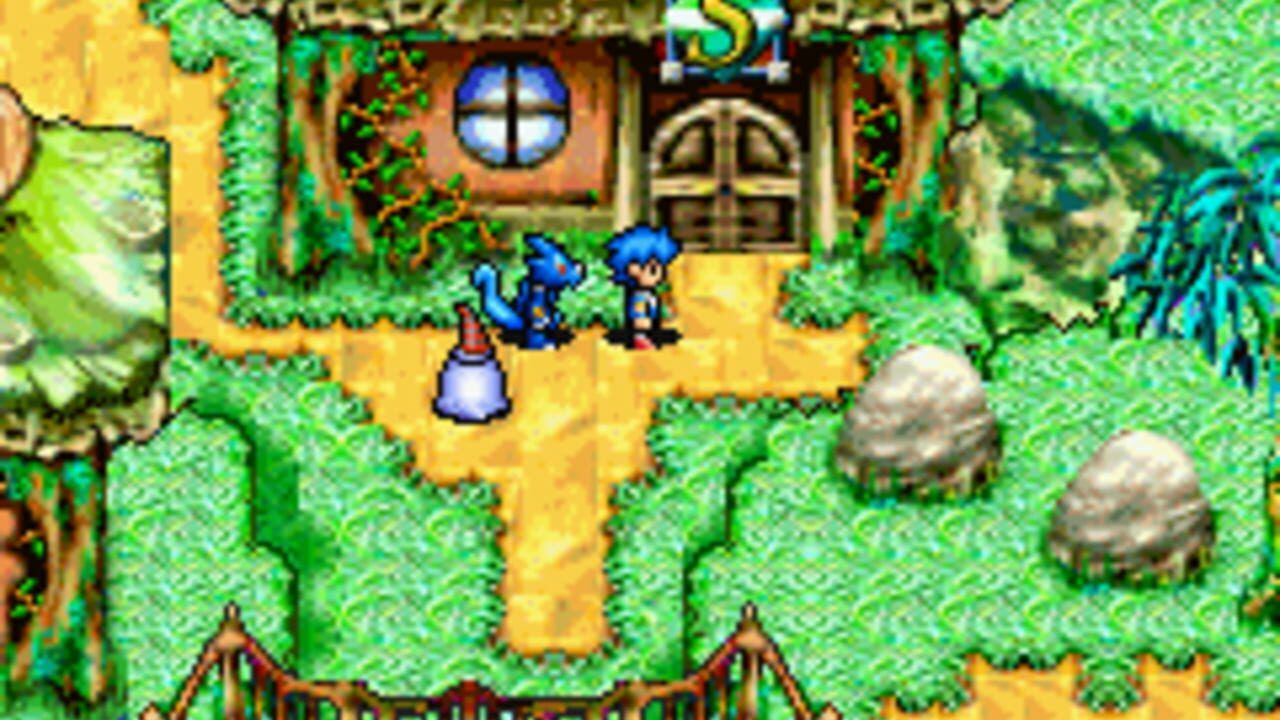Iconic JRPG series Shin Megami Tensei has always had a particularly devilish disposition which proved problematic to bringing the series stateside for years. The Persona spinoffs would do a lot to spark interest in SMT in the west, but another subseries in the franchise tried to pitch the series to a wider audience in Japan.
Shin Megami Tensei: Devil Children attempted to combine the dark world of the main series' demon negotiation with younger protagonists and a focus on allying with the demons. Apparently made to cash in on the success of Pokémon, Devil Children would prove popular enough that it actually received a US release in 2003 as DemiKids Light and Dark.
Shin Megami Tensei: Devil Children
The first entry in the Devil Children subseries would be Shin Megami Tensei: Devil Children - Black Book and Red Book. Initially coming out for the Game Boy Color, they would also be remade for the PlayStation. The eponymous Devil Children, Mirai and Setsuna, are named as such because they're actually human/demon hybrids. The plots of both games have their particular protagonist venturing from Japan to the demon world of Makai in order to save a lost loved one. Every Devil Children entry was released in pairs similar to Pokémon, but the stories were not split nor did they often intersect; for the most part, each entry was a complete game.
To combat demons along the journey, the Devil Children have their own partner demons, with which they do battle. As in the main series, the Devil Children could speak to and even recruit other demons to their cause. The now retro RPG adventures were very much in the same vein as Pokémon, though their focusing on demon negotiation has actually always been a staple of Shin Megami Tensei. The first two games got another GBC sequel, as well as two sets of sequels for the later Game Boy Advance.
The subseries was also popular enough to warrant a Game Boy Advance puzzle game, a real-time strategy title and even a mobile social game featuring Mirai and Setsuna. Topping all of this off was a trading card game, two anime shows and two accompanying manga. This seems to suggest that the series' goal of garnering younger fans worked, though this certainly wasn't the case in the West. Many critics noted the similarities to Pokémon, a franchise which to this day remains largely uncontested in its genre. Because of the Pokémon comparison, the Western DemiKids release was seen as a ripoff that was quickly forgotten, but there are still many notable differences between the Atlus and Nintendo titles.
What Separated DemiKids from Pokémon
In terms of surface-level differences between DemiKids and Pokémon, there's the fact that the former shares its main franchise's first-person viewpoint in battle, with the player's demons being unseen. One huge difference is that the different "Books" of Devil Children are not merely a marketing means to make more money. Both games in each generation have their own plot, and each protagonist's chief demon grants different forms of locomotion outside of battle, such as flight or walking on lava.
Much like with Pokémon, in order to catch 'em all, players need to trade between versions, as some demons are exclusive to each Book. The subseries was a much bigger hit in Japan than it was in the West, but the timing may be right for another chance now that the Shin Megami Tensei franchise has found a new generation of fans thanks to Persona's popularity. Given as how other entries in the franchise have recently been re-released on modern consoles, perhaps the Devil Children could make their return, as well. A compilation with the old games or even a brand new one would be perfect on the Nintendo Switch, ensuring that a new generation of youngsters can enjoy a digital, whimsical trip straight to Hell.



